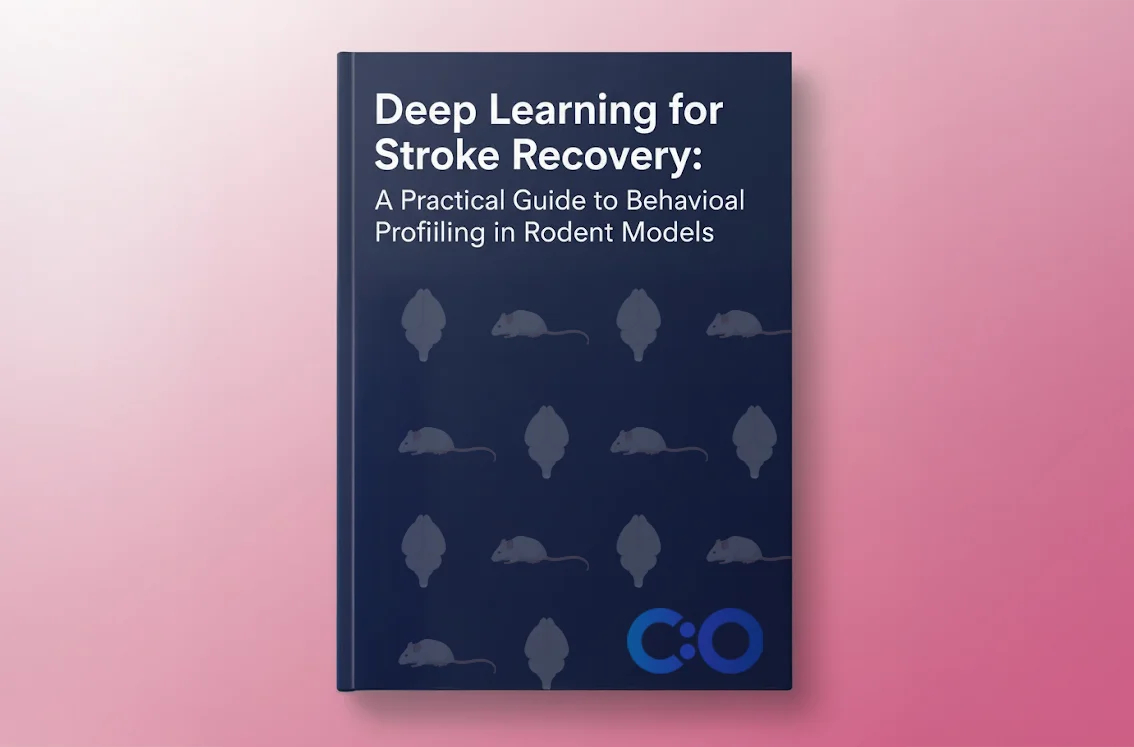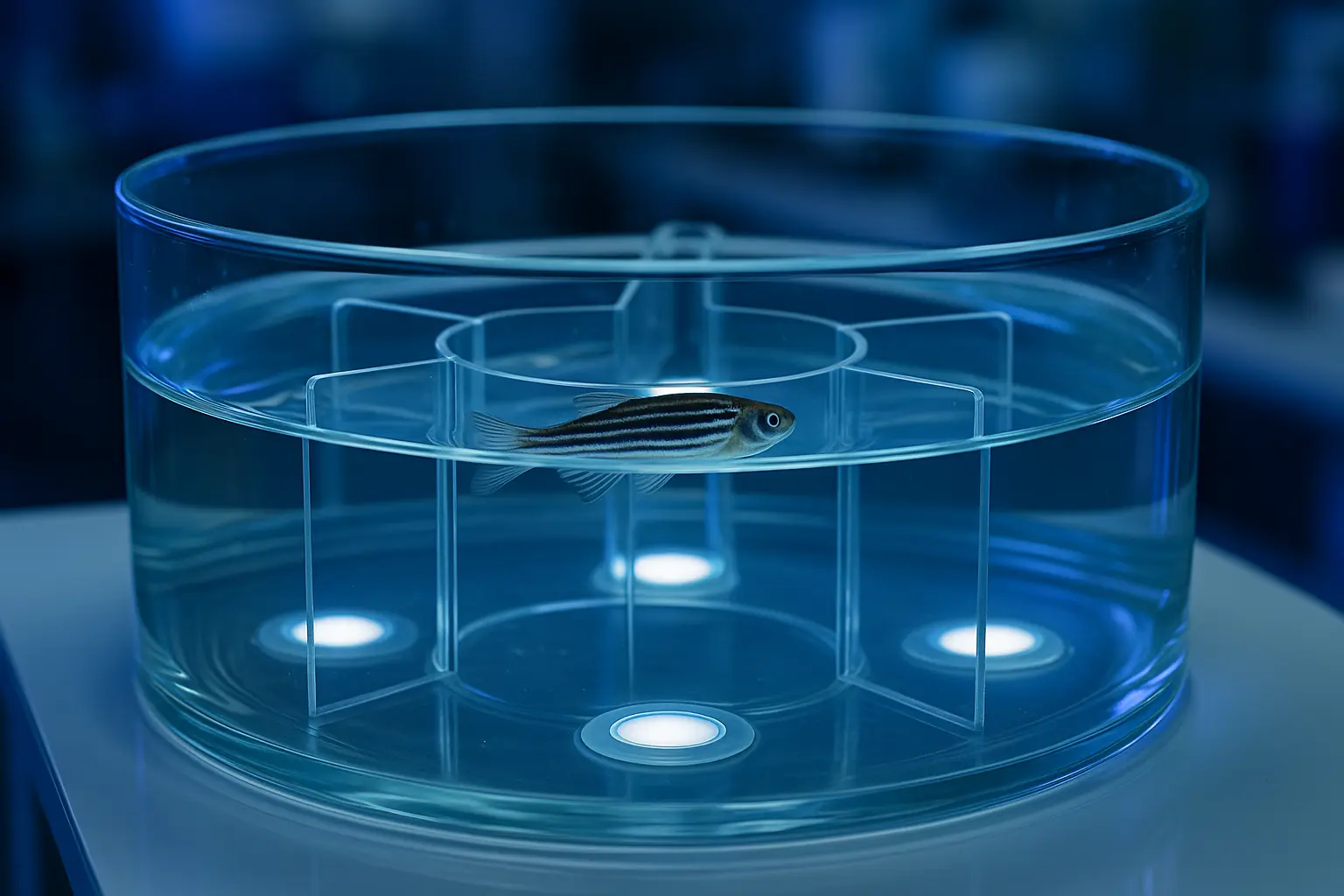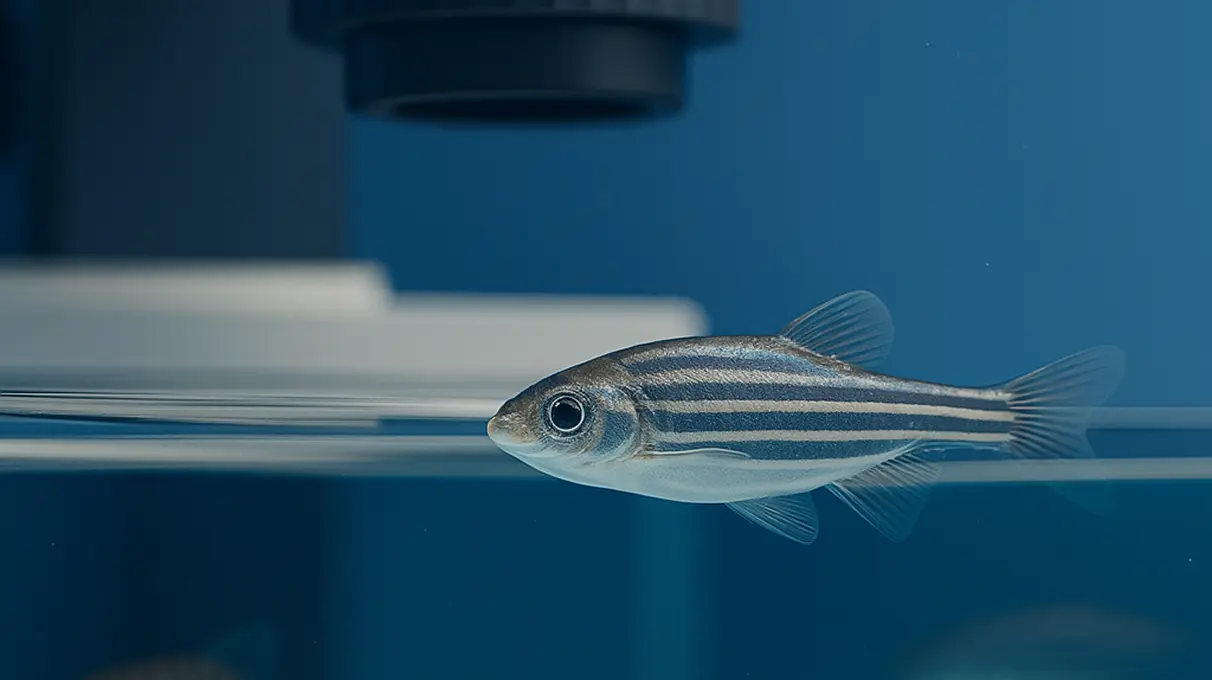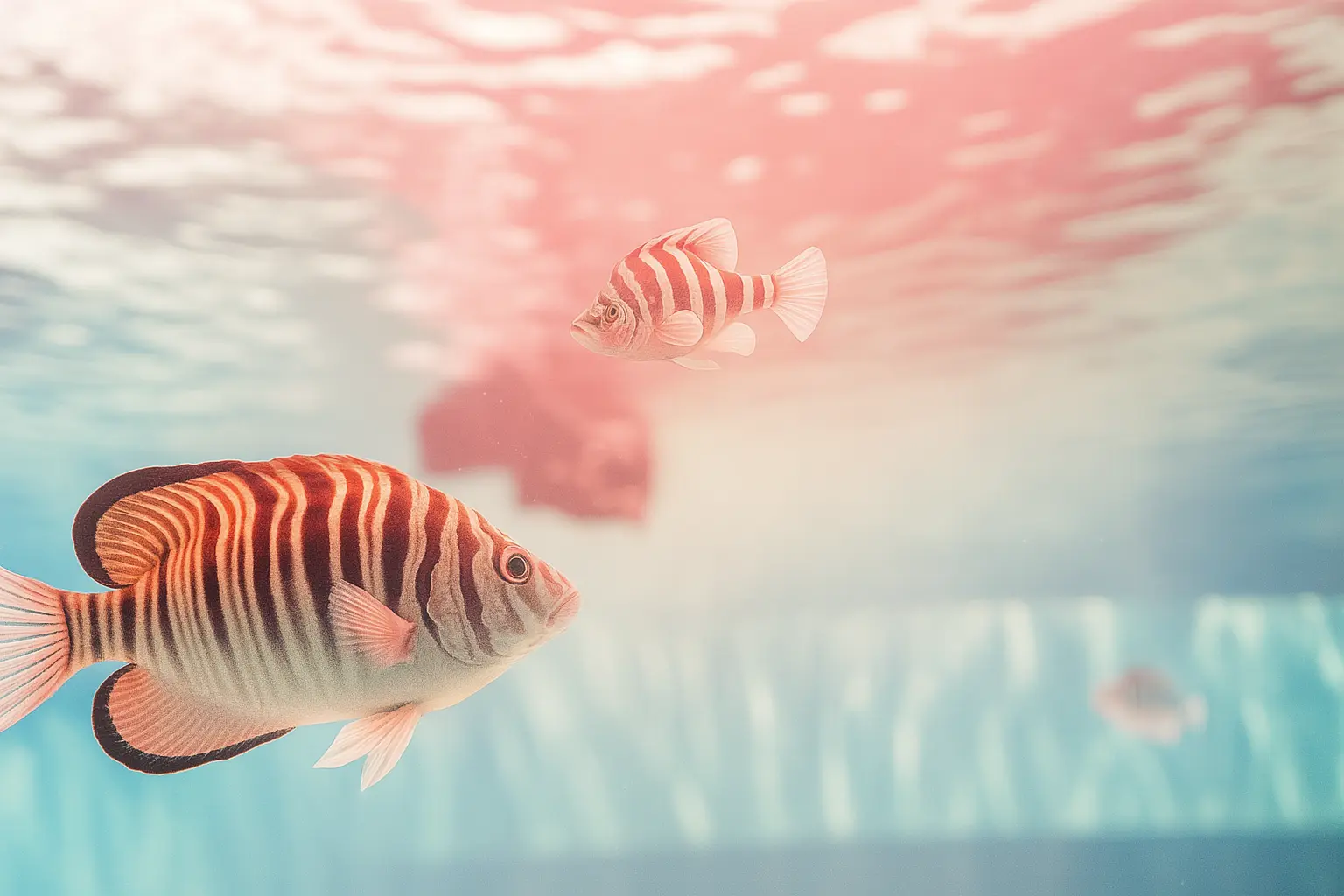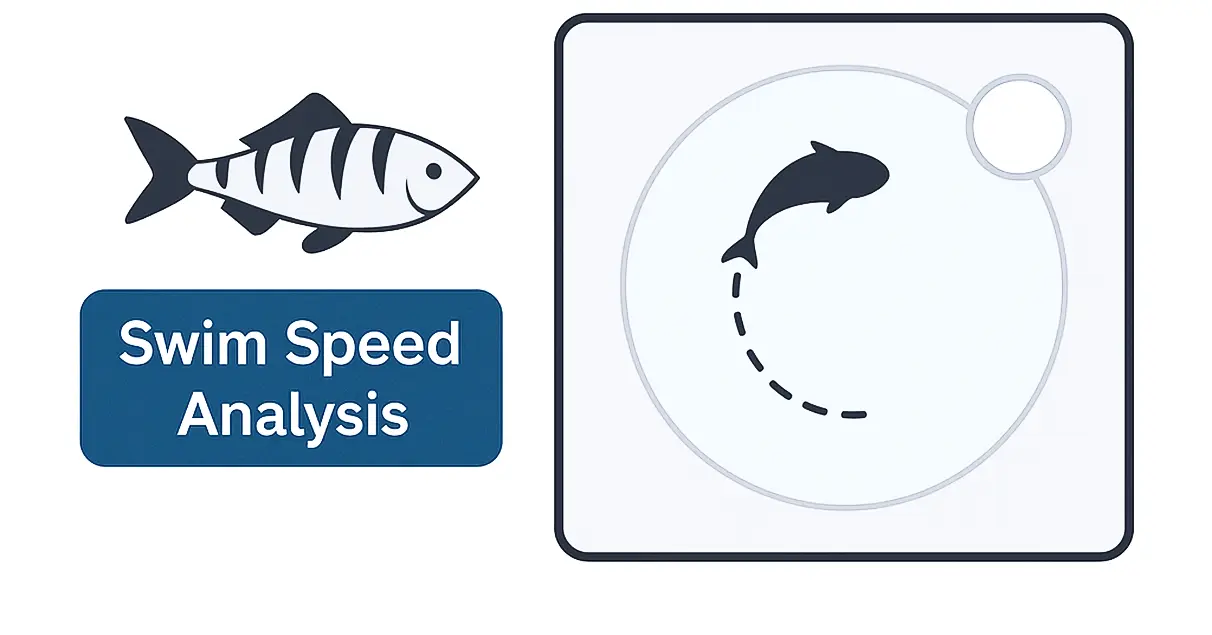
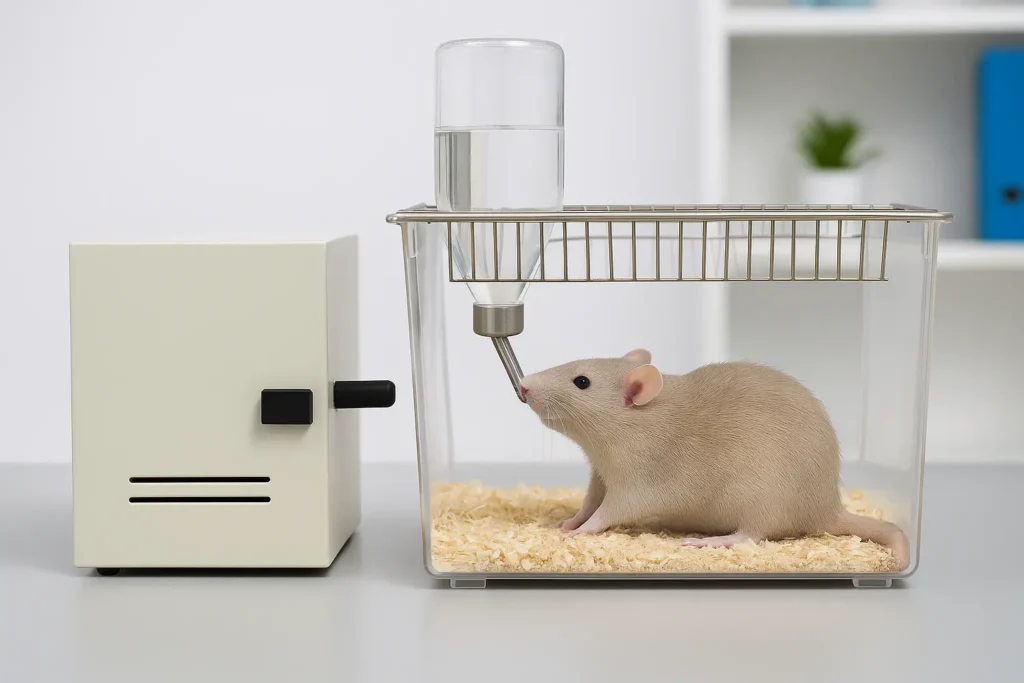
Drinking behavior is a fundamental aspect of rodent biology, playing a crucial role in maintaining hydration, homeostasis, and overall health. The study of drinking behavior in rodents provides insights into the physiological, neurological, and genetic mechanisms that regulate fluid intake. Moreover, it serves as a valuable model for understanding thirst and hydration-related disorders in humans. This article will explore the neural, hormonal, genetic, environmental, and experimental aspects of drinking behavior in rodents, providing a comprehensive overview.
Rodent models are extensively used in research to study drinking behavior because they exhibit well-defined drinking patterns that can be easily observed and measured. Genetic manipulations in rodents allow for the investigation of specific genes involved in thirst regulation. Moreover, rodents share physiological similarities with humans, making them suitable models for studying hydration-related disorders.
Drinking behavior in rodents is primarily regulated by a complex network of neural circuits located within the brain, most notably in the hypothalamus, which serves as the central hub for maintaining fluid balance and initiating thirst. The hypothalamus contains specialized regions, including the supraoptic nucleus (SON), paraventricular nucleus (PVN), and lateral hypothalamus (LH), that work together to monitor the body’s fluid status and regulate water intake.
The hypothalamus is the primary brain region responsible for detecting changes in blood osmolality (the concentration of dissolved particles in the blood) and triggering thirst. When blood osmolality increases, such as during dehydration, osmoreceptors in the hypothalamus are activated. These osmoreceptors send signals to the SON and PVN, which release the hormone vasopressin (antidiuretic hormone) into the bloodstream. Vasopressin acts on the kidneys to promote water reabsorption, reducing urine output and conserving body water.
Vasopressin is a critical hormone that directly influences drinking behavior by promoting water retention in the kidneys. In conditions of dehydration, vasopressin levels increase, leading to reduced urine production and increased water retention. Elevated vasopressin levels also stimulate the sensation of thirst, motivating the rodent to seek and consume water. Conversely, when blood osmolality decreases (such as after drinking water), vasopressin secretion is suppressed, reducing thirst.
The neural circuits that regulate drinking behavior extend beyond the hypothalamus, involving additional brain regions such as the brainstem, which monitors blood pressure and volume through baroreceptors. Baroreceptors in the blood vessels detect changes in blood pressure and send signals to the nucleus of the solitary tract (NTS) in the brainstem. The NTS communicates with the hypothalamus, adjusting vasopressin release and thirst signals based on blood volume.
Additionally, the limbic system, including the insular cortex and amygdala, is involved in the emotional and motivational aspects of drinking behavior. The insular cortex integrates sensory information related to taste and fluid texture, while the amygdala is involved in the emotional response to thirst or the anticipation of drinking.
Drinking behavior is also influenced by the brain’s reward system, particularly the release of dopamine in the nucleus accumbens. Rodents may engage in non-homeostatic drinking (drinking even in the absence of dehydration) due to the rewarding nature of sweet-tasting fluids. The mesolimbic dopamine pathway, which is activated by pleasurable experiences, can enhance the motivation to drink highly palatable solutions, such as sugary or flavored water.
In addition to internal thirst signals, drinking behavior is influenced by sensory cues, including the taste, temperature, and texture of fluids. Taste receptors in the oral cavity detect sweet, salty, sour, and bitter flavors, sending signals to the gustatory cortex. Cold and refreshing sensations can further enhance drinking motivation, while unpleasant tastes may inhibit fluid intake.
The neural circuits that regulate thirst are closely interconnected with those that regulate hunger. The lateral hypothalamus, which is involved in the initiation of both eating and drinking, receives signals related to both thirst and hunger. Changes in blood glucose levels can influence thirst perception, and some neuropeptides, such as neuropeptide Y (NPY), can stimulate both eating and drinking behavior.
Drinking behavior in rodents is also influenced by circadian rhythms, which are controlled by the suprachiasmatic nucleus (SCN) of the hypothalamus. Rodents typically exhibit increased drinking behavior during their active phase (nighttime for nocturnal species). Disruptions in circadian rhythms, such as constant light exposure, can alter drinking patterns, leading to abnormal water intake.
The neural circuits involved in drinking behavior are highly plastic, meaning they can adapt in response to experience, environmental changes, and physiological conditions. For example, repeated exposure to salt-loading can enhance the sensitivity of osmoreceptors, leading to more pronounced thirst responses. Similarly, chronic dehydration can lead to long-term changes in vasopressin secretion and thirst regulation.
Understanding the neural regulation of drinking behavior in rodents provides valuable insights into how the brain maintains fluid balance, how it responds to dehydration, and how various factors (including sensory input, reward, and circadian rhythms) influence drinking behavior.
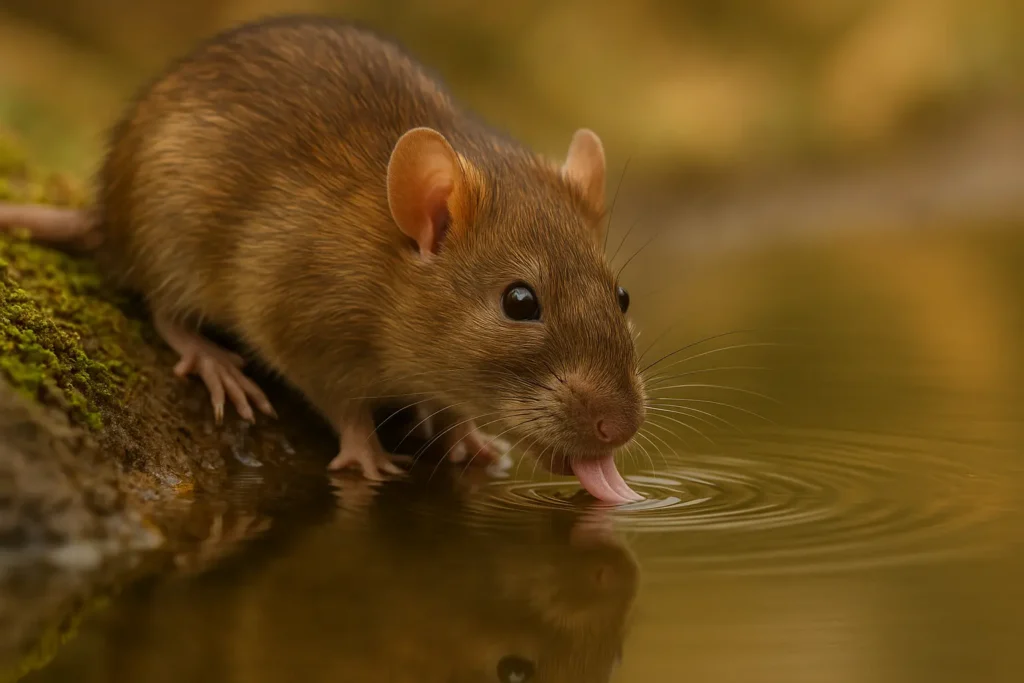
Drinking behavior in rodents can be categorized into several distinct types, each driven by different physiological, psychological, or environmental factors. Understanding these types helps researchers study how different neural circuits, sensory inputs, and motivational factors influence water intake.
Homeostatic drinking is directly triggered by physiological needs, such as dehydration or increased blood osmolality. It is regulated by the hypothalamus, which detects changes in fluid balance and initiates thirst signals. Homeostatic drinking is a compensatory response to fluid loss due to sweating, urination, or inadequate water intake.
Anticipatory drinking occurs when rodents consume water in anticipation of future dehydration. This type of drinking is often observed before periods of expected water deprivation, such as before the active phase (nighttime for nocturnal rodents). Anticipatory drinking is influenced by circadian rhythms and learned associations, where rodents recognize patterns of water availability.
Non-homeostatic drinking is driven by the rewarding properties of palatable fluids, such as sweet or flavored water. This type of drinking is influenced by the brain’s reward system, including the release of dopamine in the nucleus accumbens. Rodents may engage in non-homeostatic drinking even when they are not physiologically thirsty, simply due to the pleasurable taste of the fluid.
Social drinking occurs when rodents consume water as part of social interactions. Group-housed rodents may engage in social drinking, where the presence of other rodents drinking can trigger them to drink as well. Social drinking is also observed when dominant rodents exhibit drinking behavior, prompting subordinate rodents to mimic them.
Stress-induced drinking is a type of non-homeostatic drinking that occurs in response to stressful situations. Rodents exposed to stressors, such as social isolation, restraint, or loud noises, may increase their water intake as a coping mechanism. This behavior is influenced by the release of stress hormones, such as corticosterone, which can enhance thirst perception.
Rodents can develop learned drinking behavior through experience and conditioning. For example, rodents that are repeatedly exposed to sweet-flavored water may develop a preference for it, leading to increased drinking even when not physiologically thirsty. Learned drinking can also be influenced by environmental cues, such as the sight of a water bottle or the sound of water dripping.
Conditioned taste aversion is a form of learned behavior where rodents avoid drinking a fluid associated with an unpleasant experience, such as nausea. This type of behavior demonstrates how negative associations can suppress drinking behavior. Conversely, rodents may develop aversion-driven drinking, where they consume more of a less-preferred fluid to avoid a disliked one.
Compensatory drinking occurs when rodents increase their water intake to offset fluid loss due to specific conditions, such as a high-salt diet, diuretic treatment, or exposure to a dry environment. This type of drinking is regulated by the hypothalamus and is a direct response to dehydration or salt-loading.
Opportunistic drinking occurs when rodents consume water simply because it is available, even when they are not physiologically thirsty. This type of drinking is often observed in environments where water is intermittently available, and rodents drink as a precautionary measure.
Temperature-regulated drinking is influenced by environmental temperature, where rodents consume more water in warm conditions to maintain body temperature and prevent dehydration. This type of drinking is closely linked to thermoregulation and is commonly observed in rodents exposed to heat stress.
By understanding the various types of drinking behavior in rodents, researchers can better explore the neural, genetic, and environmental factors that regulate water intake. These categories also provide a framework for studying how different physiological conditions, sensory inputs, and motivational factors influence drinking.
Researchers have developed various experimental models to study drinking behavior in rodents. One of the most common methods is the water deprivation test, where rodents are deprived of water for a set period, and their compensatory drinking is measured upon rehydration. Salt-loading models are another approach, where rodents are given saline solutions to induce thirst and increase water intake. Genetic models are also used, with transgenic rodents possessing altered genes that affect thirst regulation, providing insights into the genetic basis of drinking behavior. Fluid preference tests, where rodents are given a choice between two different fluids, help researchers explore taste preferences. Operant conditioning models allow rodents to press a lever to access water, offering insights into the motivation for drinking.
Various factors influence drinking behavior in rodents. Environmental factors such as temperature, humidity, and diet composition can significantly impact how much and how often rodents drink. Seasonal changes also affect drinking patterns in wild rodents. Genetic factors play a critical role, with certain strains of rodents exhibiting unique drinking patterns due to differences in thirst-regulating genes. Pharmacological factors, such as the administration of specific drugs, can alter drinking behavior by targeting the neurochemical pathways involved in thirst. Additionally, social and behavioral factors, such as group housing versus individual housing, can influence drinking behavior. Stress from social interactions can either increase or decrease water intake.
Rodent models have been instrumental in studying various disorders related to drinking behavior. One such disorder is diabetes insipidus, characterized by excessive urine production and increased thirst. This condition can be modeled in rodents with mutations affecting vasopressin production or receptors. Polydipsia, a condition marked by excessive drinking, can occur in response to stress or certain neurological disorders. Psychogenic polydipsia, a form of compulsive water drinking without any physiological need, is modeled in rodents exposed to stressful conditions. Hyponatremia and hypernatremia, which are imbalances in sodium levels caused by excessive water intake or dehydration, are also studied using rodent models.
Rodent models of drinking behavior have significant therapeutic applications. They are used to test the efficacy of drugs that modulate thirst or urine production, investigate the impact of diet and environmental factors on hydration, and explore the genetic basis of fluid balance disorders. These models provide a robust framework for understanding the complex mechanisms that regulate fluid intake and offer valuable insights for the development of treatments for hydration-related disorders.
In conclusion, rodent models provide a robust framework for studying drinking behavior and understanding the complex mechanisms that regulate fluid intake. Insights gained from these models have direct applications in understanding human hydration, thirst disorders, and related health conditions.
Written by researchers, for researchers — powered by Conduct Science.

